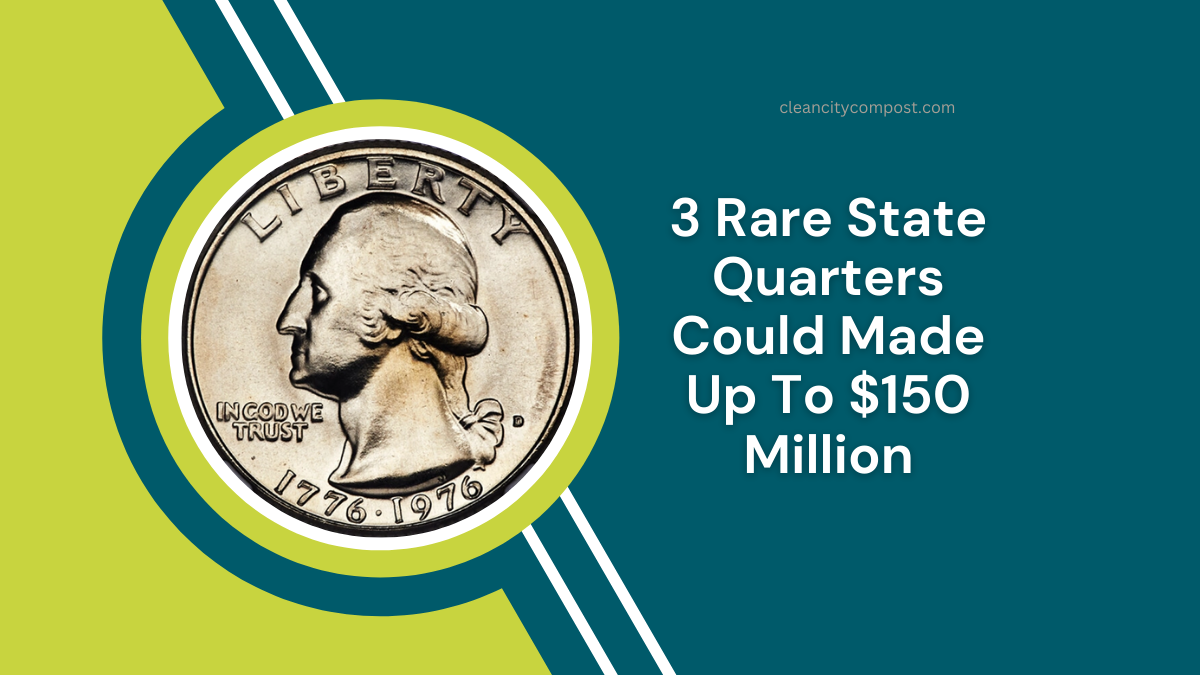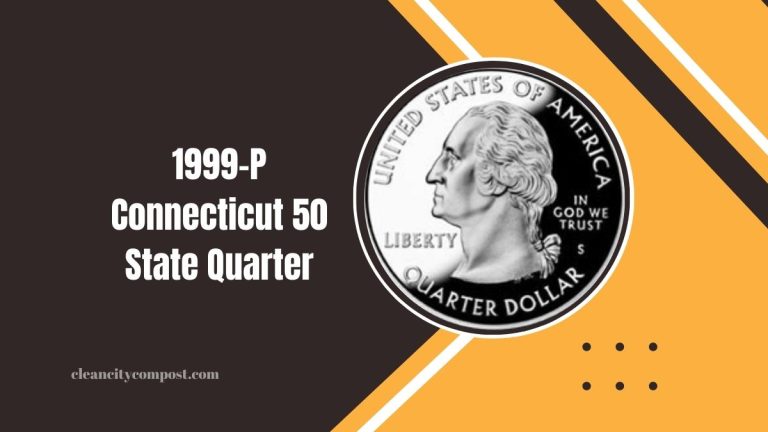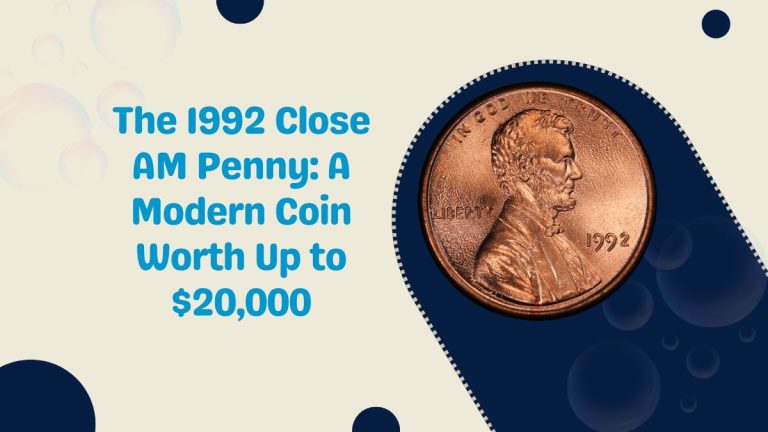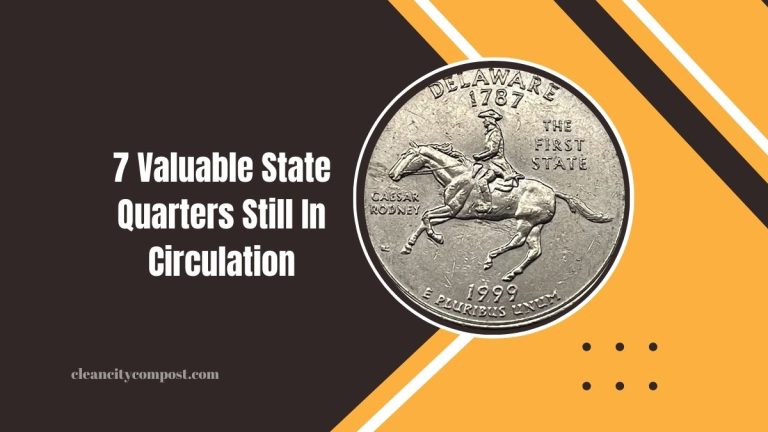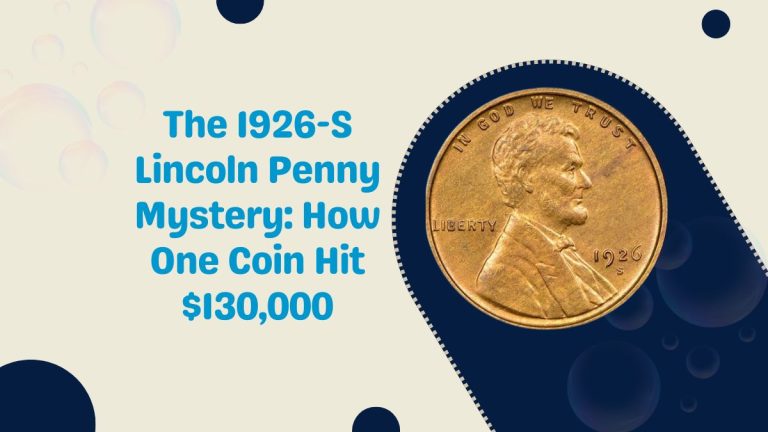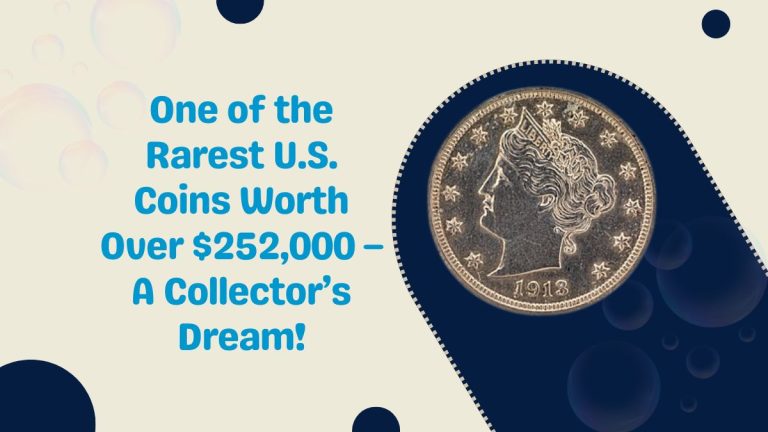3 Rare State Quarters That Could Made You Up To $150 Million
The U.S. Mint‘s State Quarter Program, running from 1999 to 2008, introduced excitement into coin collecting by showcasing designs celebrating each state’s heritage.
While most state quarters are worth their face value, certain error coins have become highly valuable collectibles, with some rare examples fetching prices nearing $150 million.
Let’s explore these remarkable errors and understand what makes them so special.
Delaware Spitting Horse Quarter 1999
The Delaware quarter, the first release in the State Quarters series, is renowned for its rare “spitting horse” error.
- Features Caesar Rodney on horseback as the central design.
- A die crack creates a line extending from the horse’s mouth, appearing like “spitting.”
- This unique flaw boosts its collectability and value among coin enthusiasts.
Collectors prize this quarter for its significance as the series opener and its distinctive mint error.
Wisconsin Extra Leaf Quarter 2004
Celebrating Wisconsin’s agricultural roots, this quarter showcases a cow, a cheese wheel, and a corn stalk. An unusual error introduced two variants of an “extra leaf” on the corn stalk.
- Two extra leaf versions exist: a high leaf and a low leaf.
- Minting errors significantly enhance the coin’s uniqueness and market value.
- Condition and rarity play key roles in determining its worth.
These variants have made the Wisconsin quarter one of the most sought-after error coins.
Kansas In God We Rust Quarter 2005
This Kansas quarter features a bison and the state’s motto. However, a humorous error made this coin iconic.
- A grease-filled die caused the “T” in TRUST to be faint or missing.
- The error changes the motto to “In God We Rust.”
- This lighthearted flaw has drawn both attention and high collector interest.
The Kansas quarter’s blend of irony and rarity makes it a must-have for error coin collectors.
| State | Year | Error Description | Estimated Value | Collector Appeal |
|---|---|---|---|---|
| Delaware | 1999 | Die crack near the horse’s mouth | Up to $150 million | Unique and recognizable error |
| Wisconsin | 2004 | Extra leaf on the corn stalk | Significant premiums over face value | Highly desirable due to unique design error |
| Kansas | 2005 | Missing “T” in “TRUST” (“In God We Rust”) | Significant premiums for uncirculated examples | Popular for its humorous and ironic error |
These errors illustrate that valuable finds may be lurking in your change.
Factors Determining Value
The value of error quarters depends on several key factors:
- Rarity: The fewer coins with the error, the higher the value.
- Condition: Coins in pristine condition fetch premium prices.
- Error Type: Unique or dramatic errors, like extra design elements or missing letters, are more desirable.
- Collector Demand: Popularity of the coin series and error type impacts market value.
How to Spot Valuable Error Quarters
If you’re looking through your collection or change for valuable State Quarters, consider these steps:
- Examine the Design: Look for unusual features, extra elements, or missing details.
- Focus on Key States: Pay special attention to Delaware (1999), Wisconsin (2004), and Kansas (2005) quarters.
- Use Proper Lighting: Good lighting reveals hidden errors.
- Compare Coins: Compare to known images of valuable mistakes.
Selling Valuable Quarters
When you suspect that you have an error coin:
- Handle Carefully: Avoid cleaning the coin, as this can decrease its value.
- Store Properly: Use protective holders to prevent damage.
- Authenticate: Have the coin professionally graded by services like PCGS or NGC.
- Consult Dealers: Work with reputable coin dealers or auction houses for accurate valuation and sales.
FAQs
What makes a state quarter valuable?
State quarters become valuable due to minting errors, rarity, condition, and collector demand. Unique anomalies like die cracks or missing letters significantly increase their worth.
How can I identify an error on my state quarter?
Carefully examine your quarter under good lighting, looking for unusual features such as extra elements, missing details, or anomalies in the design compared to standard quarters.
Should I clean my error coin to enhance its value?
No, cleaning a coin can reduce its value. It’s best to handle it carefully and store it properly to maintain its condition.

